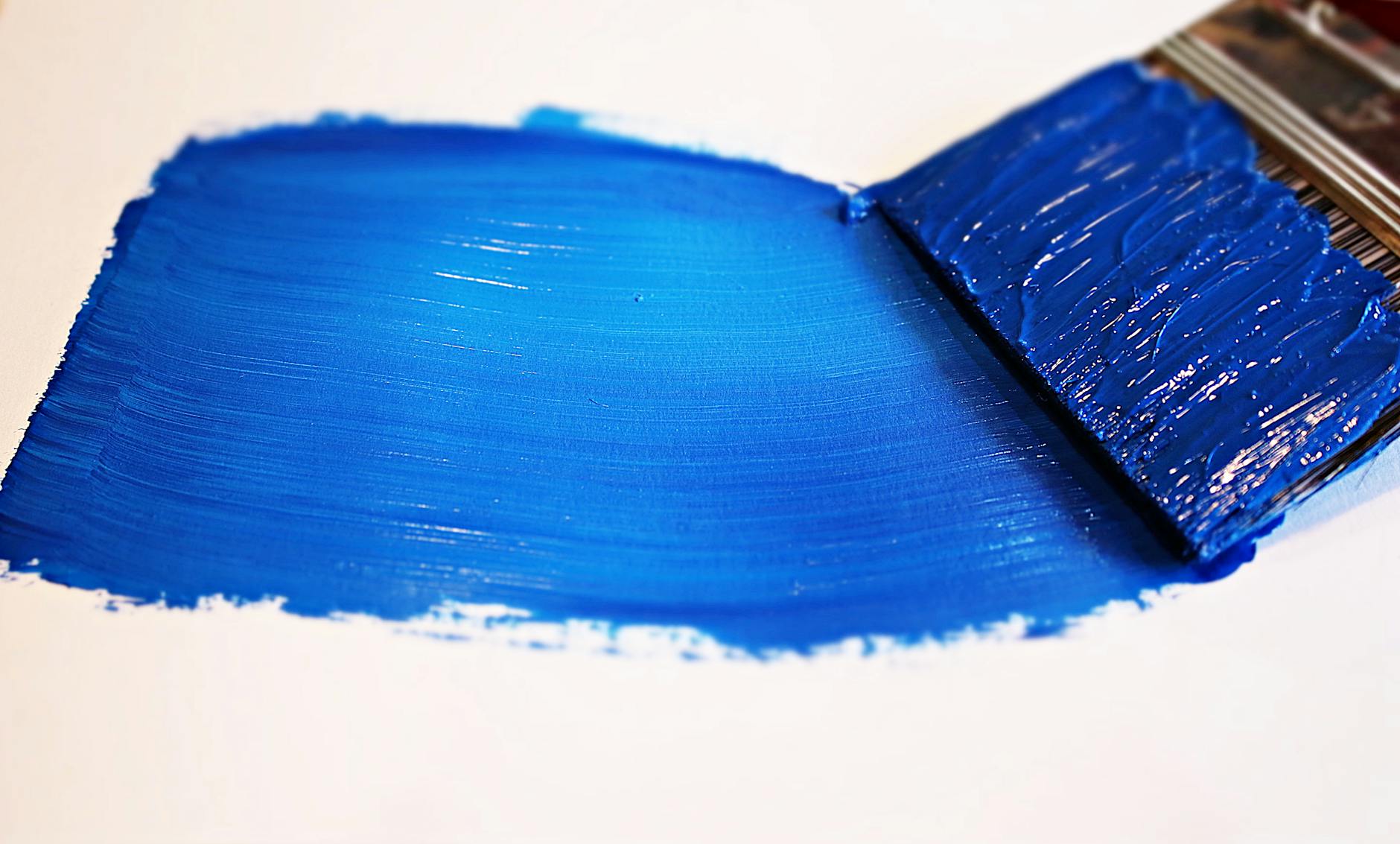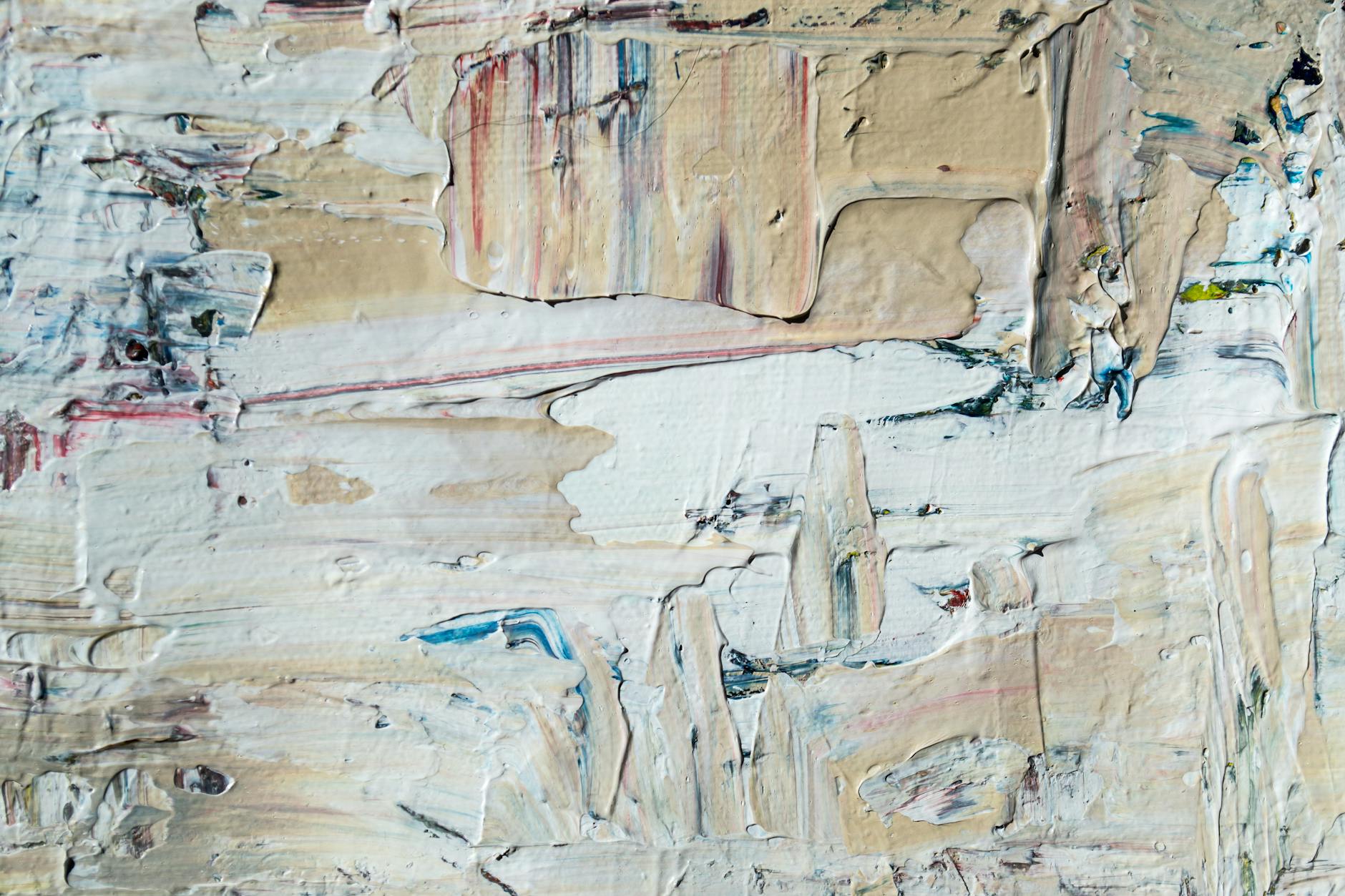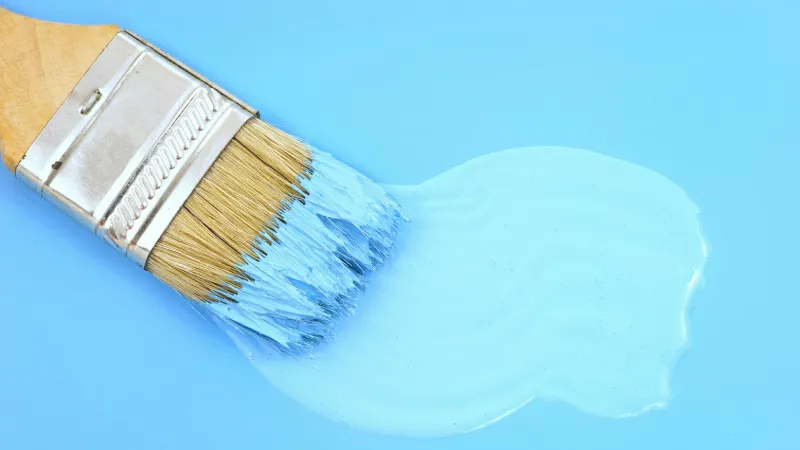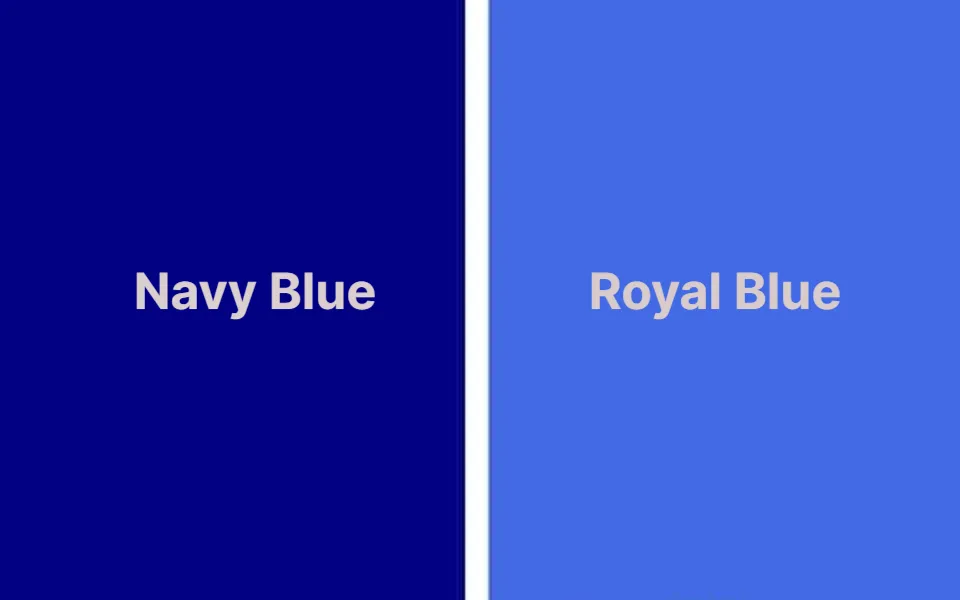If you’re about to complete a DIY painting project, you’re likely asking yourself, “How long does paint take to dry?”
Temperature, humidity, and the kind of paint you’re using will be the main factors affecting paint drying, whether you’re painting interior or exterior walls.
In order to avoid conditions that are too hot or too cold for a paint job that looks professional, you should aim for an acceptable range rather than an exact temperature.
How Long Do Emulsion Paints Take to Dry?
In the world of decorating, matte emulsion is a mainstay. It dries relatively quickly and imparts a lovely matt finish even to imperfectly smooth walls and ceilings. Emulsion paint typically dries in three hours, but drying times vary by brand. Some paints, like Dulux(opens in new tab), have a specific quick-drying range; theirs is touch dry in an hour and ready for a second coat in six.
When using emulsion to paint a room, it’s important to take your application into account as well. If you apply too much paint, it will inevitably take longer to dry and you might end up with a patchy finish. Naturally, a paint roller is advised because it will help spread a light coat of paint evenly.
You’ll need to wait longer before recoating, even though a wall may feel touch dry in as little as 30 minutes. Paint expert Edward Bulmer(opens in new tab) states that while natural paints that contain raw materials like chalk can dry more quickly, matte emulsions typically need four to six hours to dry before they can be repainted.’
You probably can’t think of anything you’re more eager to do after applying two coats of paint to a gorgeous room than to move in your furniture, admire your handiwork, and Instagram the transformation. However, don’t do this too soon. It will take much longer than you anticipate for paint to completely dry and become safe to wipe down or drill into. This is known as the curing time. Most of the time, this takes two to three days, but depending on the humidity in your home, some decorators suggest waiting weeks.
It will take roughly the same amount of time to apply mid-sheen emulsion finishes like satinwood, silk, or even eggshell; just be sure to adhere to your brand’s instructions.
qn-media:

How Long Should I Wait for Gloss to Dry?
Gloss paint can be used in a variety of ways, but designers typically use it for small details like trims. As was already mentioned, whether a gloss paint is oil-based or water-based will affect how long it takes to dry. However, it will typically take longer to dry than an emulsion.
If you underestimated how long your gloss would take to dry, look for tacky finger prints on window sills or door trims. While some contemporary brands have created glosses that are water-based, they typically use an oil solvent. Unfortunately, a lengthy drying time is the price you have to pay for that lovely glossy sheen.
A gloss finish will typically feel dry to the touch in six hours, but it won’t be recoatable for another 16 to 24. Also anticipate a longer curing period. As a general rule, you should give your gloss at least seven days to cure before testing it. If the entire trim has been painted, this prohibits closing windows or doors or wiping surfaces with a cloth.
How Long Does It Take for Painted Furniture to Dry?
The use of a primer will have an impact on whether or not the same general guidelines apply when it comes to painting furniture. Wood primers, in particular, can take a very long time to dry; however, this is dependent on (you guessed it) whether the primer is oil- or water-based.
But it’s a different story with specialty furniture paints like chalk paint. You only need to wait an hour for the surface to be touch dry when using chalk paint on a previously painted surface. It will take closer to an hour and a half if you’re painting directly on unfinished wood, which is porous and consequently absorbs some of the paint.
Depending on the product, your application, and the humidity, non-porous surfaces like metal will dry in as little as 30 minutes. Though you still need to wait at least 24 hours for chalk paint to completely cure before putting anything on freshly painted furniture.
The quick-drying milk paint functions similarly, though it typically takes two to seven days to fully cure due to its thinner, more watery consistency.
Read about
What Other Factors Can Impact a Paint’s Dry Time?
External factors can also prolong the drying time of your paint. “There are also other variables to keep in mind such as drying conditions, humidity, and temperature,” Lee says. “Consider your surroundings and assess the temperature, humidity, and ventilation of the area you plan to paint in.” Air ventilation, for instance, will help improve drying conditions if you’re using water-based paints because it speeds up the evaporation of moisture from the coating. The amount of time it takes for paint to dry will increase if you are painting in cool or humid conditions. “Likewise, high temperatures can cause water to evaporate off coating and paint causing it to dry too quick,” Lee says. “If the weather is very warm, it is advised to add up to 5% water to help with application because this can cause application problems (patchiness, roller marks, and so forth).”
The Differences Between Dry, Recoat, and Cure Times
In common conversation, “dry” may simply mean “not wet.” But it’s best to understand the distinction between dry, recoat, and cure times when it comes to painting and applying other finishes like stain and varnish.
The recommended interval between coats of a product is referred to as the “dry time.” The terms are interchangeable because they are frequently used in the same context.
The ideal amount of time to wait before the surface can withstand regular use is the cure time. Cure times for latex paint usually range from two to four weeks. (Paint with a low gloss level will cure more quickly.) Interestingly, oil-based paint should be fully cured in 7 days even though it takes longer to dry.
Suggested reading: One of the best ways to quickly improve the appearance and ambiance of a space where you probably spend a lot of time is by updating your kitchen cabinets. So, how much does it cost to paint kitchen cabinets?

How Do You Paint Like the Pros?
Patience is essential, according to Lee, if you want to achieve a professional finish. “Ignoring your paint’s suggested drying and curing times can cause the paint to fail and lead to potential problems such as blistering, cracking, or peeling,” Lee says. “To achieve the best results when painting a space, you should, however, be aware of the type of paint you’re using, the appropriate times before re-application, and the curing time.”
Frequently Asked Questions
Does Paint Type Affect How Long Paint Takes to Dry?
Yes, oil-based paints will take longer to dry—roughly six to eight hours. The drying time for latex (also known as acrylic) paints is only one to two hours.
How Long Should I Wait Between Applying Coats of Paint?
Wait until the paint is touchably dry before proceeding. Latex paints can dry in one to two hours, while oil-based paints can take up to eight hours.
How Many Coats of Paint Do I Need for My Walls?
Usually, two coats are advised. The second coat should be allowed to dry before going over to touch up any thin areas. There shouldn’t be many of these, but there might be a few that stand out for being noticeably lighter than the surroundings.
When is a Good Season to Paint in Humid Climates?
High humidity levels will be year-round in some areas of the nation. Wait for a few days of sunny, dry weather in the spring and fall or warm days in the winter, in general.
Summary: How Long Does Paint Take to Dry?
Knowing how long new paint will take to dry and how much time to wait between coats of paint before moving furniture back against the wall and allowing your family back into the room is crucial when trying to squeeze a project into a busy schedule.
It’s important to have patience, especially when working on paint projects. Your painted surfaces will look great and last if you follow the advised wait intervals between coats and the advised cure times before resuming regular use.



